Discover Class 1 ebike the Best electric bikes for Your Next Ride
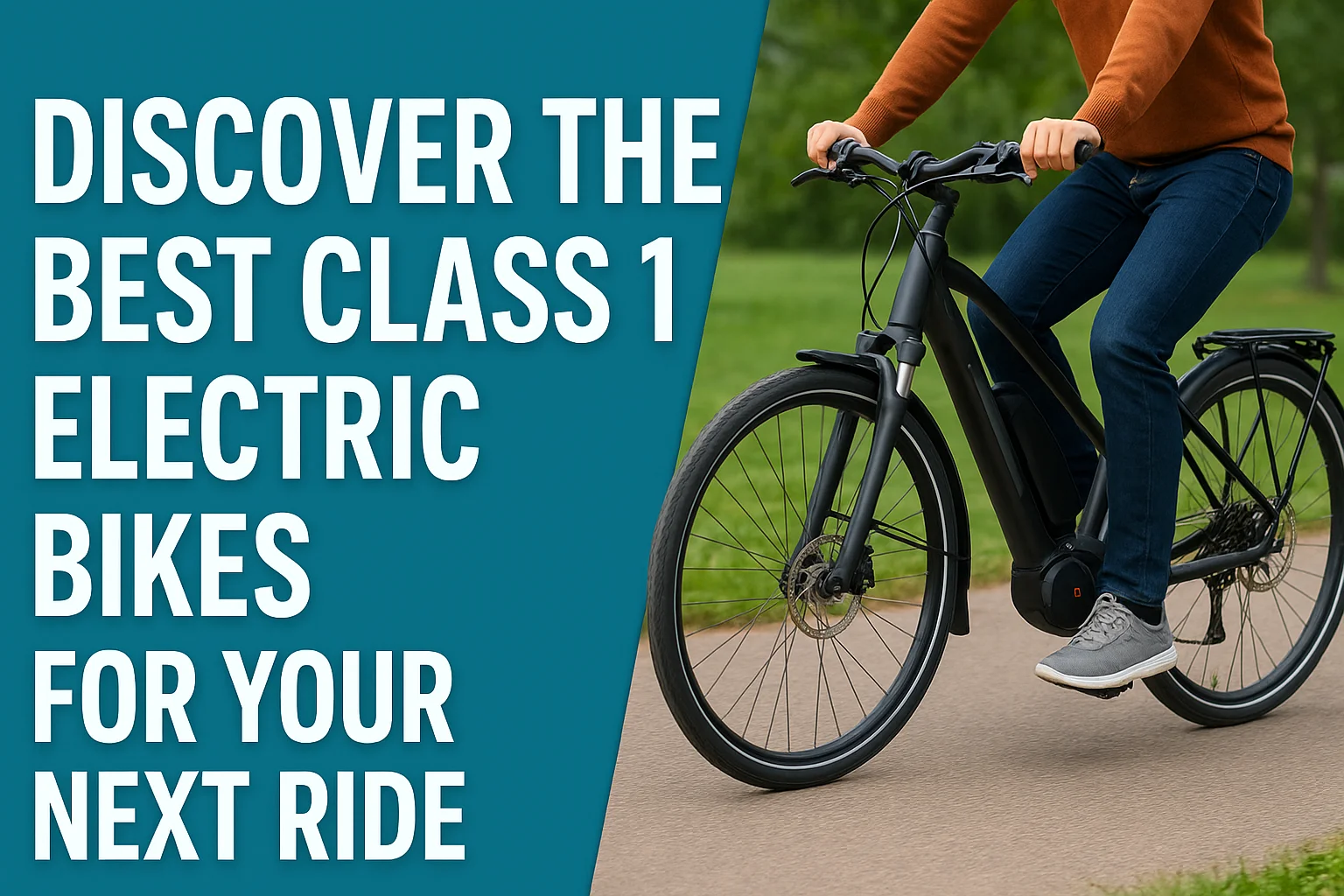
Explore class 1 ebike options! Find the best electric bikes for your next ride. Understand ebike classes & enjoy your riding experience. Looking for an electric bike that feels natural but gives you an extra push when you need it? Class 1 e-bikes are the perfect balance between traditional cycling and modern electric assistance. They deliver a smooth, intuitive ride and are widely accepted on bike paths and trails, making them a smart choice for commuters, trail riders, and beginners alike.
What is the E-Bike Class System?
Electric bikes in the U.S. are divided into three classes based on how the motor provides assistance and the maximum speed allowed. These categories help regulate where you can ride your electric bicycle and what rules apply.
- Class 1: Pedal-assist only, motor stops at 20 mph.
- Class 2: Pedal-assist plus throttle, motor stops at 20 mph.
- Class 3: Pedal-assist only, motor stops at 28 mph, making it ideal for bike lanes. Some models also include a throttle, limited to a top speed of 20 mph, whereas class 3 eBikes can go faster.
Understanding this system is essential because it determines which bike paths, trails, and roads you can legally use.
What Is a Class 1 Ebike?
A Class 1 e-bike provides pedal-assist only. The motor engages when you pedal and stops once you reach 20 mph. Unlike Class 2 bikes with throttles or Class 3 bikes that reach speeds up to 28 mph, Class 1 models are designed for:
- A natural, bike-like feel
- Beginner-friendly handling is a key feature in step-through models of eBikes.
- Legal access to most bike paths and trails across the U.S.
This makes them versatile for everything from commuting to mountain adventures.
What Are the Differences Between E-Bike Classes 1, 2, and 3?
Here’s a quick breakdown of the different ebike classes:
- Class 1 e-bikes feel closest to traditional bicycles. They’re trail-friendly, safe for beginners, and widely allowed on paths.
- Class 2 eBikes offer throttle assistance for a more versatile riding experience, but class 3 eBikes provide pedal assist with a top speed of 28 mph. add throttle power. You can ride without pedaling, which is convenient for casual cruising or giving your legs a rest. However, some trails restrict throttles.
- Class 3 e-bikes are the fastest option, reaching up to 28 mph with pedal assist. They’re excellent for long commutes but are often restricted on mountain bike trails and paths.
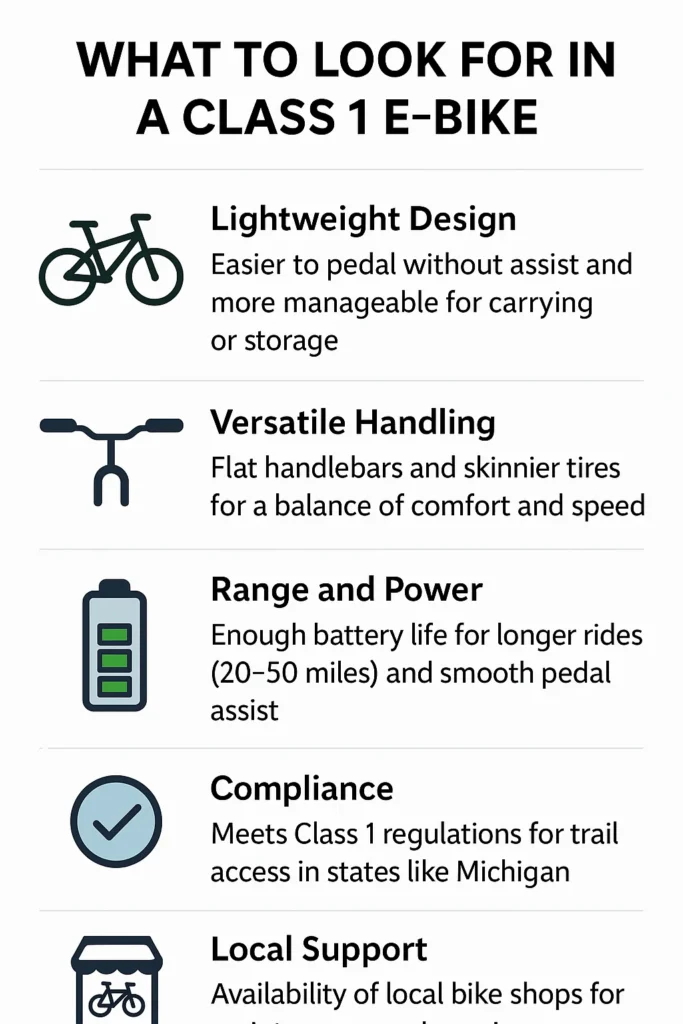
Why Choose a Class 1 E-Bike?
Class 1 e-bikes offer the right mix of performance and practicality. They’re ideal for:
- Trail riders who want access to most MTB trails where other classes may be restricted
- Commuters who want to arrive fresh and energized without breaking a sweat
- Eco-conscious cyclists seeking a greener alternative to cars may find class 3 eBikes provide pedal assist for efficient commuting.
- Beginners who prefer a natural ride with just the right boost
What to Look for in a Class 1 E-Bike
When selecting your e-bike, consider:
- Lightweight design for easy handling and storage
- Range and battery life that suits your rides, typically 20–50 miles
- Comfort and handling with flat handlebars, reliable brakes, disc brakes, and ergonomic frames for a smooth ride.
- Compliance with Class 1 laws in your state for trail access
- Local service and support for maintenance and parts
Our Top Class 1 E-Bike Picks
Specialized Turbo Vado SL
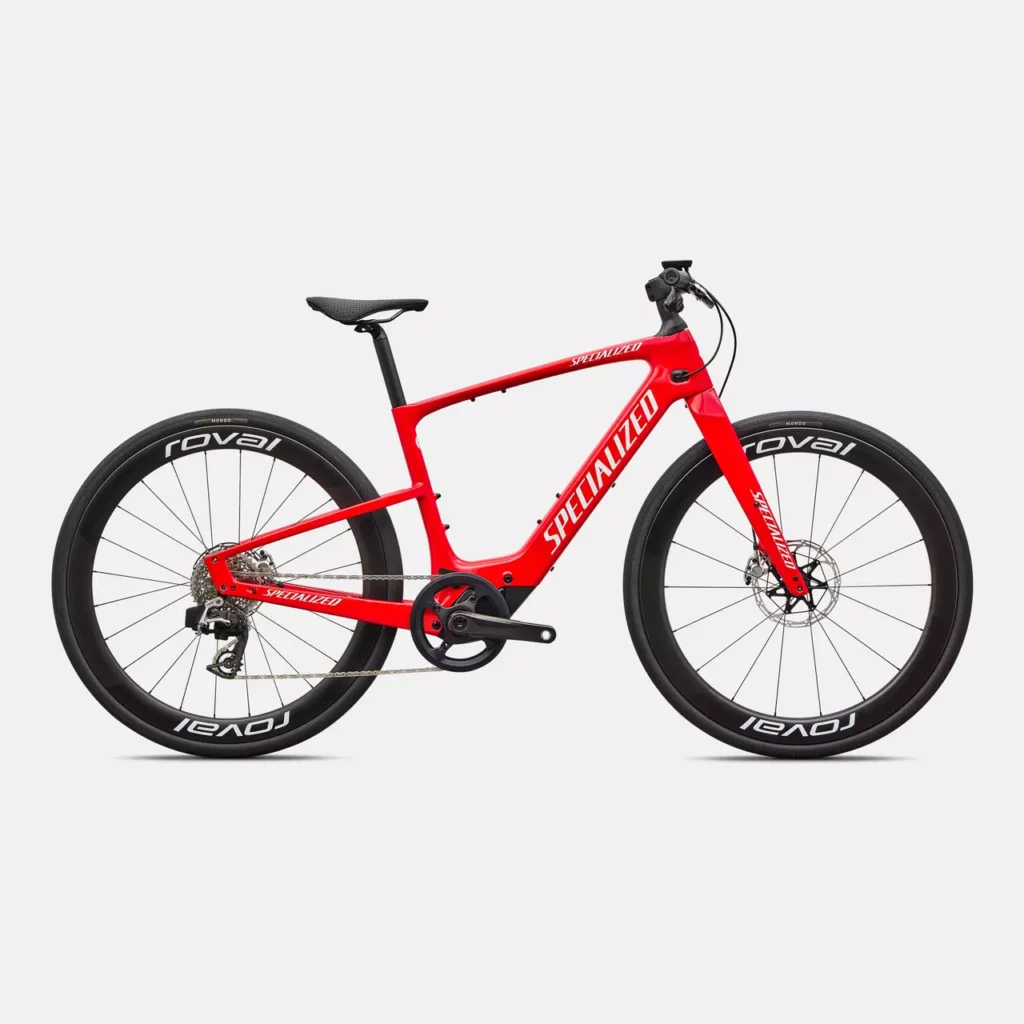
- Lightweight (33–36 lbs), quiet motor, and capable of up to 80 miles with a range extender, making it perfect for long rides on a fat tire electric bike.
- Best for riders who want premium quality with a natural cycling feel, especially in Class 1 and 2 eBikes.
- Price: $3,500–$4,500
Gazelle Chamonix T10
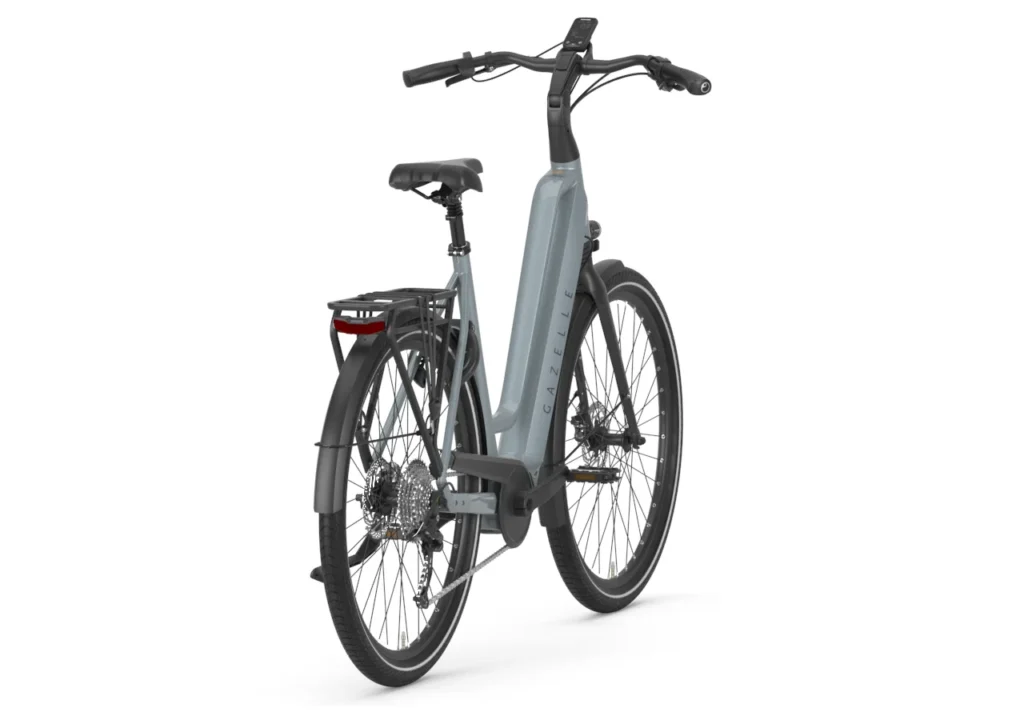
- Bosch motor, comfortable geometry, 50–70 mile range
- Best for commuters who value comfort and reliability, especially in step-through designs of eBikes.
- Price: $3,000–$3,500
Orbea Gain
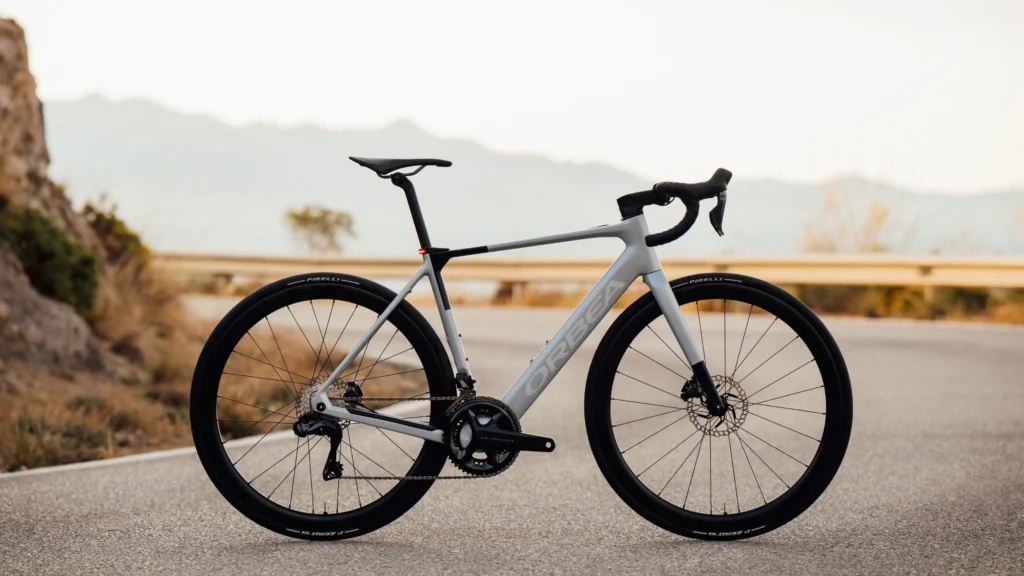
- As light as 26 lbs, sleek design, discreet motor integration
- Best for road riders who want a minimalist style with subtle assistance
- Price: $3,000–$4,000
Trek Dual Sport+ 2
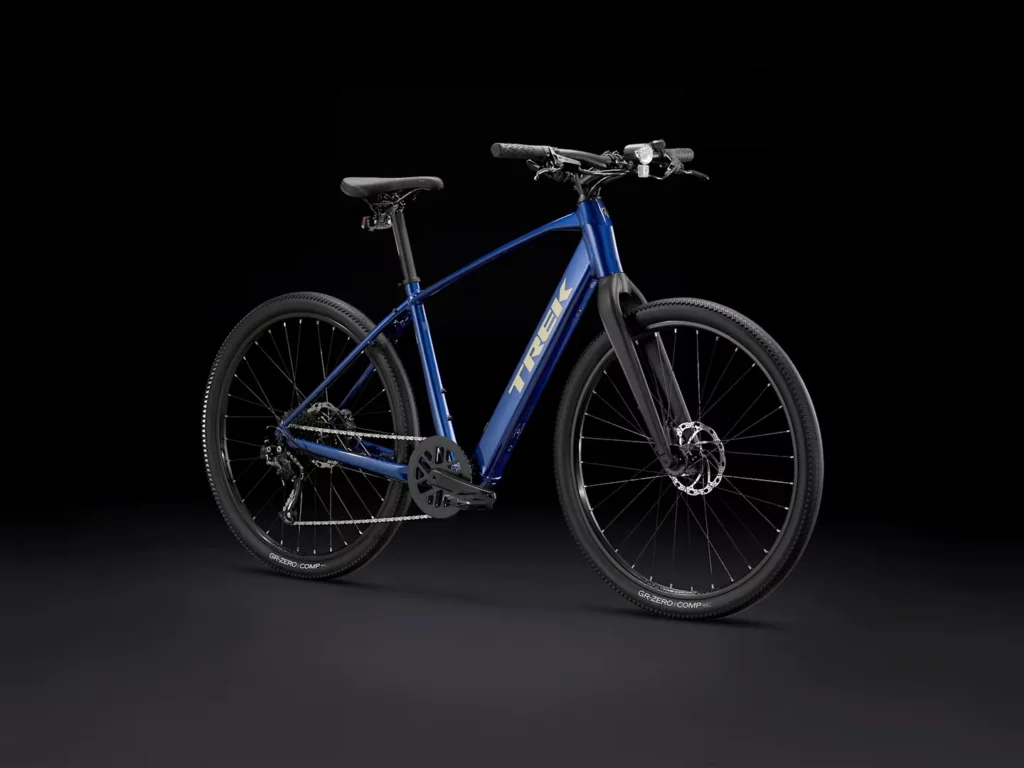
- Hybrid build, 35–50 mile range, sturdy frame
- Best for versatile riders who want mixed-terrain capability on their class 1 electric bike.
- Price: $2,400–$2,800
Euphree City/Urban Commuter
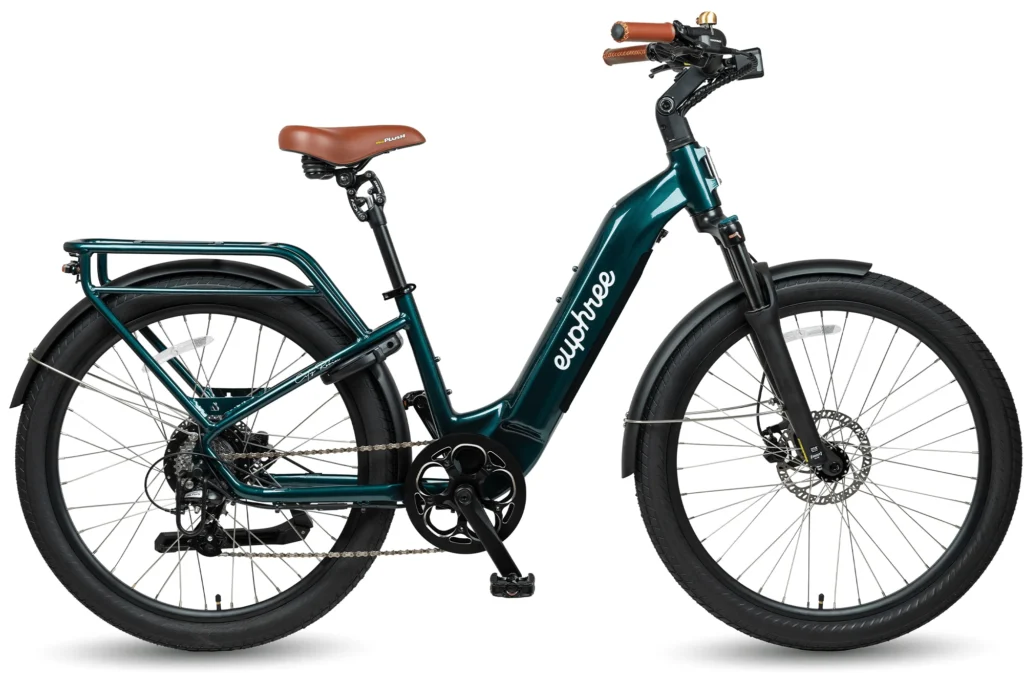
- Style is an essential consideration for those looking to purchase a folding electric bike.: Commuter, Cruiser
- Highlights: Smooth urban ride, ideal for daily commutes, with reliable battery life and a comfortable step-thru design.
- Classes: Also available in Class 2 and Class 3 variants.
Urtopia City/Urban
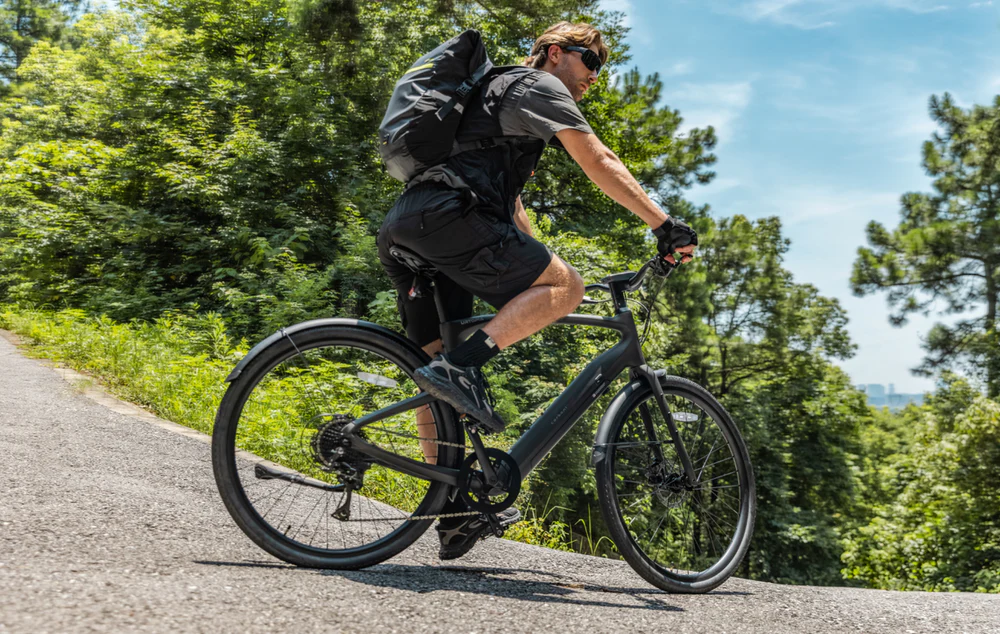
- Style: City/Urban, Cruiser
- Highlights: Sleek design with smart tech integration, perfect for tech-savvy commuters navigating busy streets while wearing a helmet.
- Classes: Also available in Class 3 ebike.
Leoguar eMTB
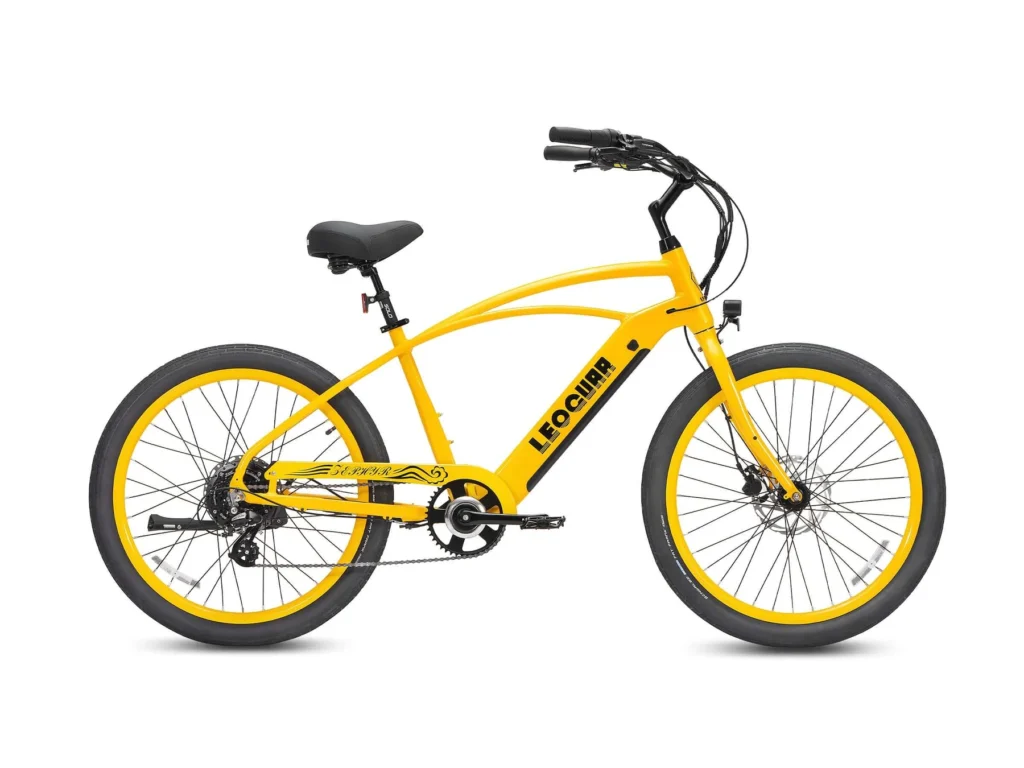
- Style: Mountain, Mid-drive motors
- Highlights: Agile and powerful for off-road adventures, with responsive handling and robust build quality.
- Classes: Also available in Class 3.
Priority E-Classic Plus
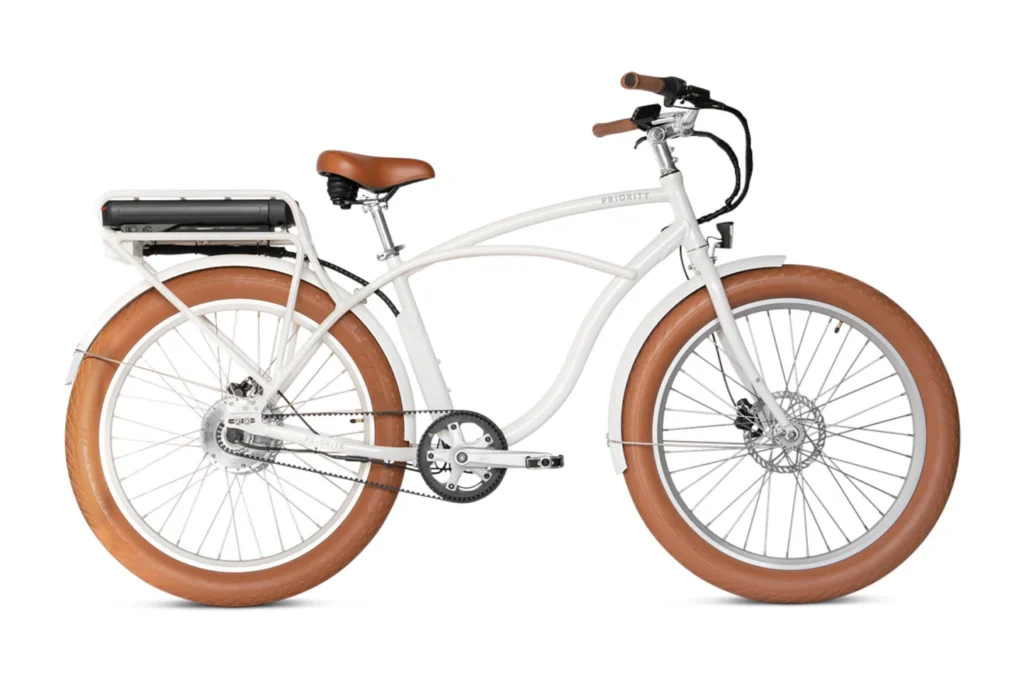
- Affordable belt-drive system, 30–50 mile range
- Best for budget-conscious riders seeking reliability
- Price: $1,999
Tenways CGO600
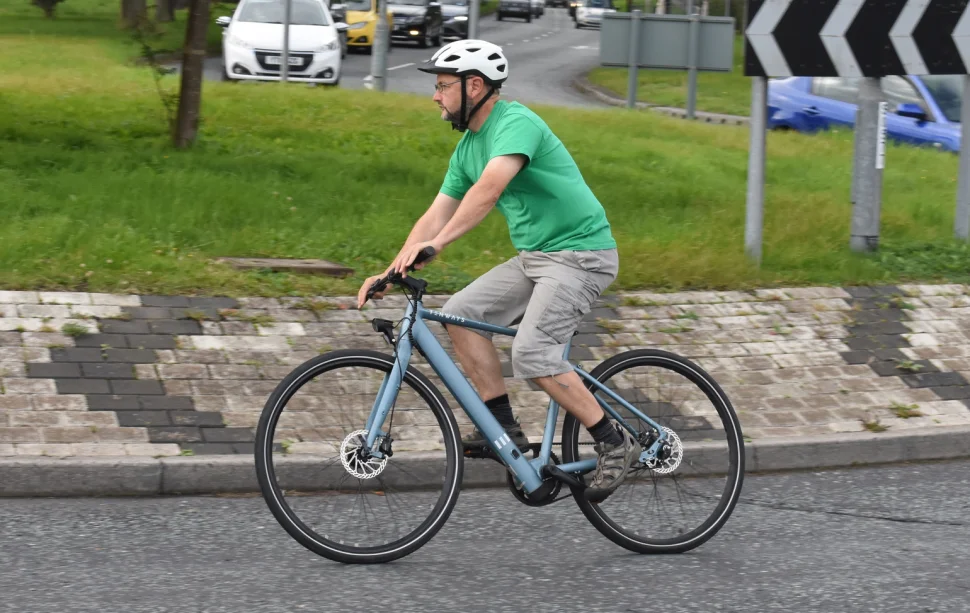
- Lightweight at 33 lbs, quiet motor, stylish build
- Best for riders seeking value and smooth performance
- Price: $1,600–$2,000 for quality class 2 ebikes.
Rad Power RadCity 5 Plus
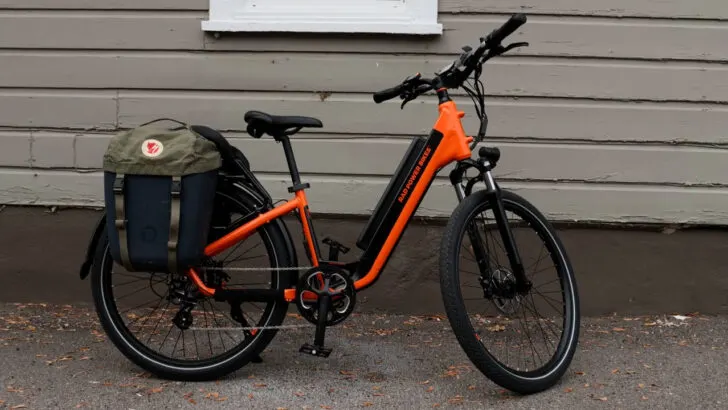
- Comfortable upright position, customizable accessories, 45–50 mile range
- Best for urban commuters
- Price: $1,999
BMC 257 AMP AL ONE USA
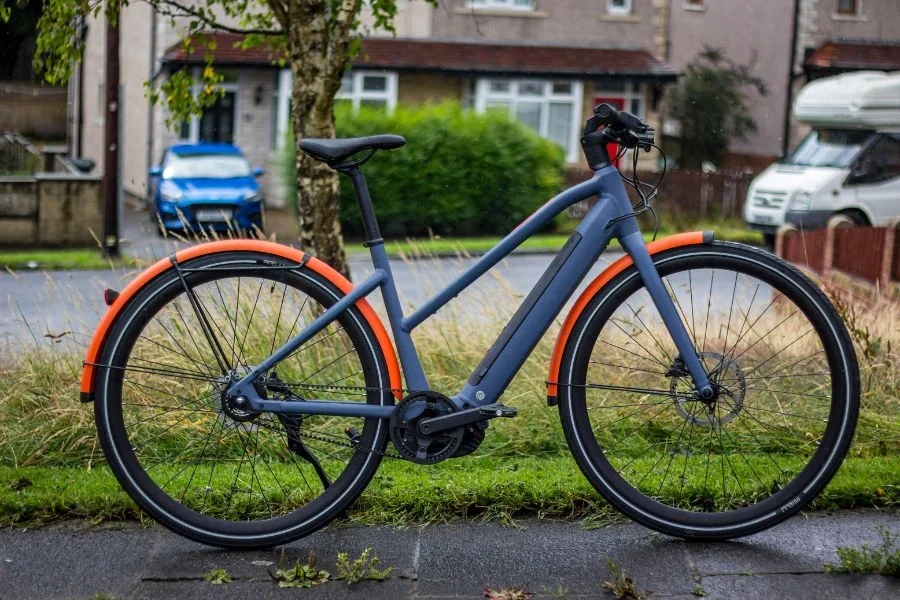
- Premium frame, powerful assist, 50–60 mile range
- Best for riders wanting a high-end option
- Price: $4,000–$5,000
How We Test and Review
Our reviews are based on hands-on testing and detailed spec evaluation. We assess:
- Battery life and real-world range
- Ride quality across terrains
- Braking and safety under different conditions
- Design, comfort, and durability are important factors when choosing a folding electric bike.
FAQs About class 1 ebike
What is a Class 1 eBike?
A Class 1 eBike is pedal-assist only, meaning the electric motor helps while you pedal, and it stops assisting at 20 mph, which is the speed for Class 1 eBikes.
Should I get a Class 1 or Class 2 eBike?
Choose Class 1 if you want trail access and a natural ride. Pick Class 2 if you prefer having a throttle for cruising without pedaling.
What is a Class 1 and Class 2 bike, including the maximum speed for Class 1?
Class 1 = pedal-assist only, up to a top speed of 20 mph, while class 3 eBikes provide pedal assist and can reach a max speed of 28 mph. Class 2 = pedal-assist plus throttle, also up to 20 mph.
Are Class 1 eBikes allowed in national parks?
Yes, most national parks allow Class 1 eBikes where regular bikes are permitted, but always check local rules.
How does a Class 1 eBike work?
It uses sensors to detect your pedaling and adds motor power to make riding easier.
What makes a Class 1 eBike?
No throttle, pedal-assist only, and motor cutoff at 20 mph define Class 1.
What’s a Class 1 eBike?
It’s the most widely accepted eBike type, offering pedal-assist only up to 20 mph, unlike class 3 eBikes that provide pedal assist with a top speed of 28 mph.
How fast do Class 1 eBikes go?
They assist you up to 20 mph; beyond that, you rely on your own pedaling.
Do Class 1 eBikes have a throttle?
No, Class 1 bikes don’t have a throttle—they’re pedal-assist only, making them suitable for those who prefer a natural cycling experience.
Are Class 1 eBikes allowed on Mackinac Island?
No, Mackinac Island bans all eBikes except for mobility/disability use with a permit.
Where are Class 1 eBikes allowed?
They’re usually allowed anywhere regular bikes go—bike lanes, paths, and many trails.
Best Class 1 eBike in the US?
The Specialized Turbo Vado SL and Gazelle Chamonix T10 are top picks for commuting and everyday riding among electric bicycle enthusiasts.
What differentiates a Class 1 eBike from a Class 2, and which should you choose?
Class 1 has no throttle; Class 2 has one. Pick Class 1 for more trail access, Class 2 for throttle convenience.
What are Class 1 eBike laws?
Class 1 bikes are treated like regular bicycles in most states, but always confirm local regulations.
What is the best Class 2 ebike under $2,000 according to electric bike reviews?
The Rad Power RadRunner and Aventon Pace 500.2 are popular and affordable options under $2,000.
What do eBike classifications mean and how do they affect your riding, especially in terms of bike lanes?
They define speed limits, throttle use, and where you can legally ride. Class 1 is most accepted, Class 2 adds throttle, and Class 3 ebike goes faster but faces more restrictions.
Final Thoughts: Find Your Perfect Ride
From the lightweight Specialized Turbo Vado SL to the budget-friendly Priority E-Classic Plus, there’s a Class 1 e-bike for every rider, including options like fat tire electric bikes. Take test rides, explore local support options, and check state regulations before choosing your model. Whether commuting, trail riding, or enjoying weekend rides, the right Class 1 e-bike can make every journey smoother, greener, and more enjoyable.
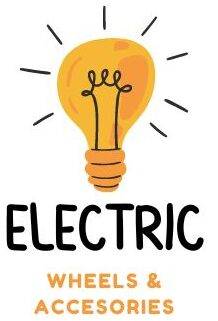
Leave a Reply